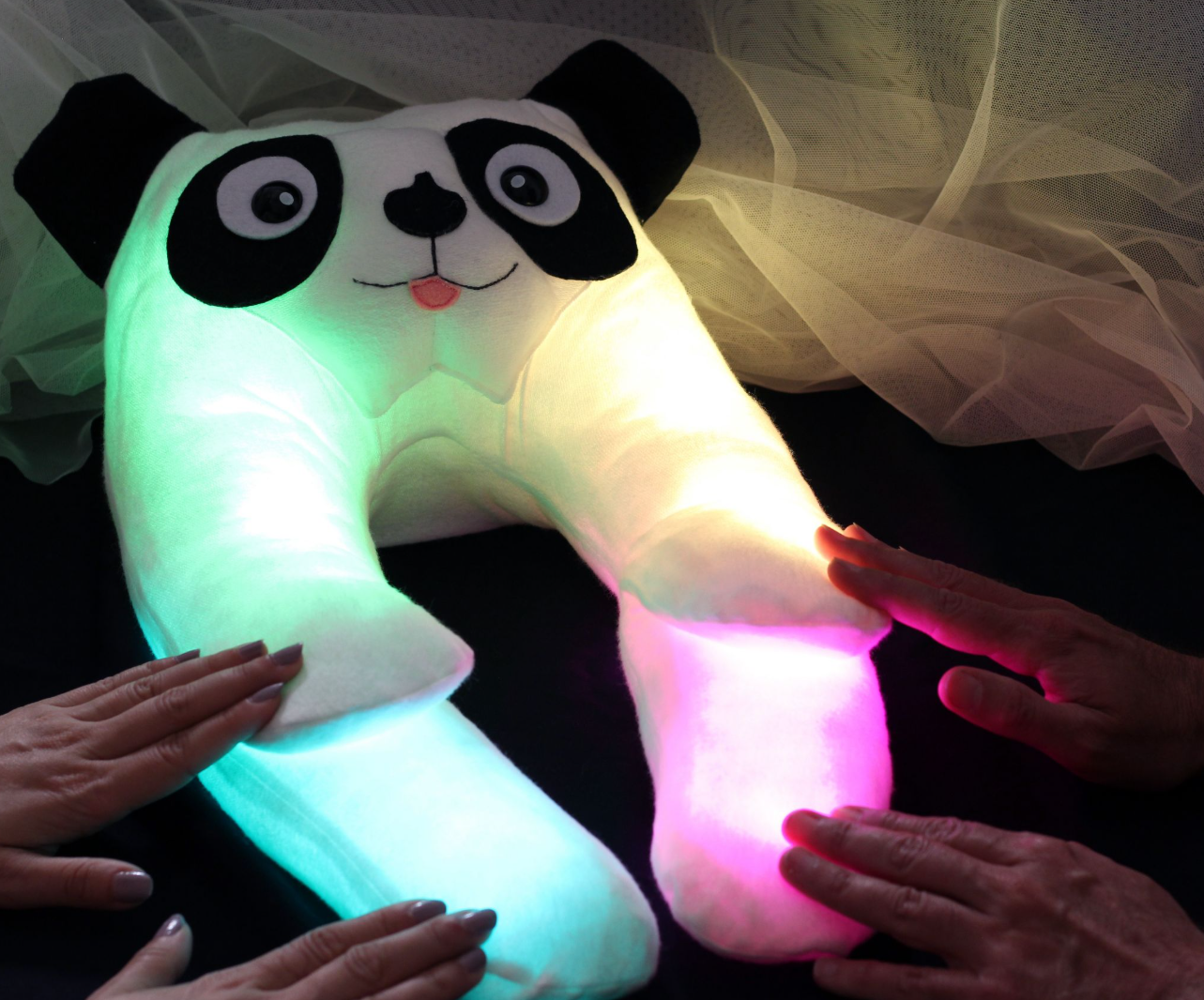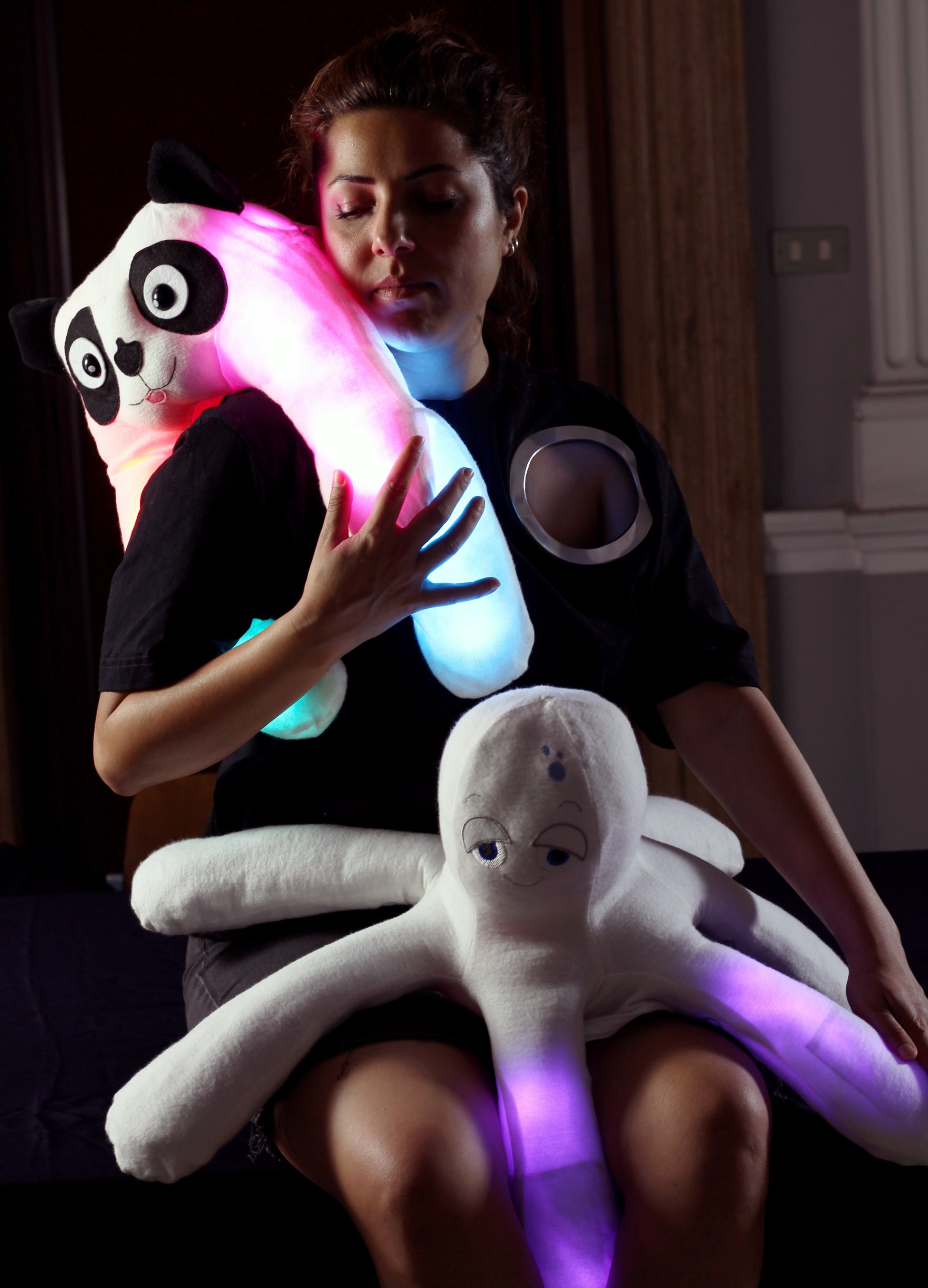Early intervention
The earlier the treatment (within the first 5 years), the better the behavioral outcomes for ASD children.
designing smart interactive toys to encourage social and emotional competences in neurodivergent and neurotypical children
Soft, smart, and playful — designed to light up social interaction

Interactive panda with LED feedback for joint attention activities

Multi-sensory octopus with 8 interactive tentacles and RGB LEDs
Understanding the challenges in ASD early intervention
Newborns affected by ASD in developed countries
Critical window for early intervention
Complexity limits daily access to TBI

A neurodevelopmental condition with lifelong impairments in social, communicative and emotional areas. It affects approximately 0.8% - 1.5% of the population in developed countries.
Treatment within the first 5 years of life is essential. Studies show that early therapeutic activities to reinforce social competences lead to better behavioral outcomes and mitigation of severity.
Robotics, VR/AR, and interactive environments show promise in enhancing social skills. Children with ASD are strongly attracted to technology, which can support therapeutic activities and provide behavioral data for research.
Supporting technologies are mainly used in research studies. Their intrinsic complexity and high cost make them difficult to access for daily therapeutic activities.
Bridge the gap between research and daily practice by creating accessible, effective, and engaging tools for ASD early intervention.
Interactive, soft, smart, animal-shaped companions designed to stimulate social interaction through sensory-motor play with the therapist. Rewarding stimuli (lights, sounds, mild vibrations) reinforce engagement and key social competences (imitation, eye-contact, joint attention).
TWCs can be integrated with AI-based tools to enhance effectiveness and enable behaviour monitoring. Two working prototypes currently exist: Panda PlusMe and Octopus X-8.
The earlier the treatment (within the first 5 years), the better the behavioral outcomes for ASD children.
Children with ASD show a strong attraction to technology, which can be leveraged to enhance social skills through guided play.
Handmade prototypes cost ~€2000 now; large-scale production can reduce costs to ~€200, enabling daily use.
Developed within EU projects (PlusMe, M-TWIN); pilots show promising improvements. Future AI modules enable behavior monitoring.
Collaborating with leading institutions and research centers
TWCs were developed within two related European research projects aimed at designing novel technologies to support ASD early treatment.
From Intrinsic Motivations to Transitional Wearable INtelligent companions for ASD
im-twin.eu →